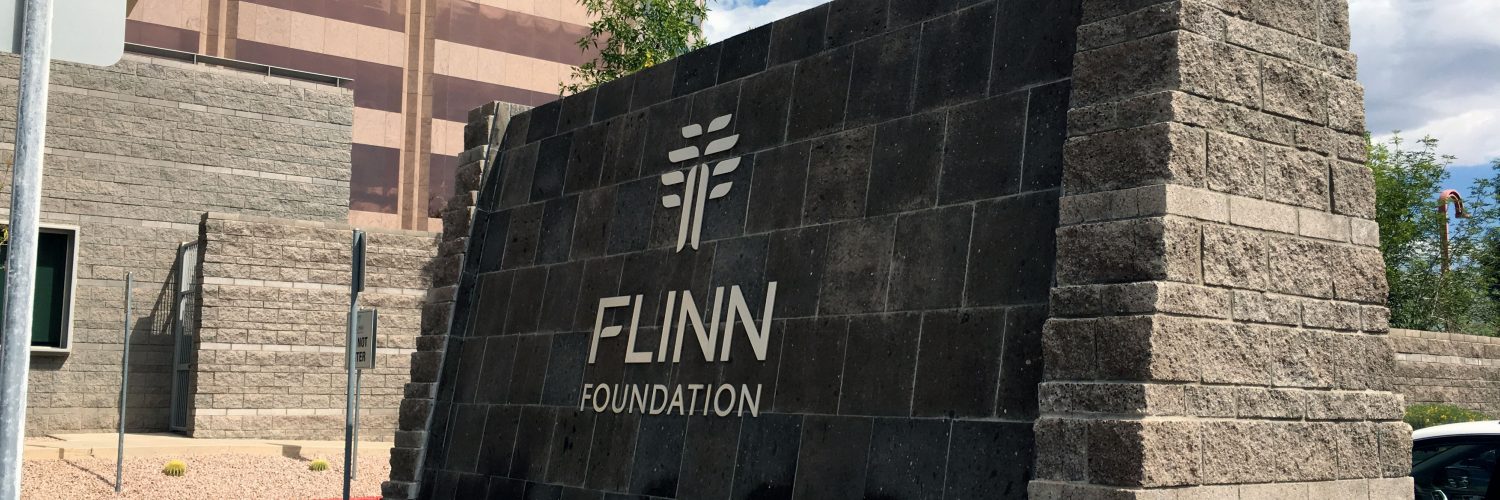The Flinn Foundation, a philanthropic nonprofit grant-making organization, named six winners in its 2019 Bioscience Entrepreneurship Program, offering funding and support to promising Arizona bioscience startups.
The entrepreneurship program is just a small part of what’s known as the Bioscience Roadmap, a collaborative, strategic effort between the Flinn Foundation, state universities and research institutions to make Arizona more nationally- and globally-competitive in the bioscience arena.
“It’s really an attempt to identify promising, early-stage firms, startup firms that are just getting on their feet that may or may not be at the point of generating revenue yet,” said Brad Halvorsen, executive vice president of the Flinn Foundation. “We provide them… a package of funds, but also opportunities to meet people, influential people in the field, and to learn and to grow as a firm.”
The winners of the 2019 Bioscience Entrepreneurship Program are:
- AdviNow Medical — a developer using artificial intelligence and augmented reality to create completely automated medical encounters
- CATS Tonometer — an FDA-approved solution to improve intraocular-eye-pressure measurement data to better diagnose and treat glaucoma and other conditions
- Desert Valley Tech — the creator of HemaPorter, a rechargeable, lockable, portable container for cold-storing blood products, organs and medicine that provides real-time monitoring and can be transported by drone
- Emagine Solutions Technology — a mobile health-care company and developer of VistaScan, a software platform that turns a mobile phone or tablet into a powerful, high-quality ultrasound device
- NANOPEC — manufacturer of MetaPurex, a nano-filtration solution for high-precision purification of pharmaceuticals meant to avoid harm to patients and product recalls
- Ordinatrix — developer of ActiveArrays, which can place a human protein microarray on a small slide to research and develop new drugs, biomarkers and other precision-medicine tools
The entrepreneurship program has helped lead the charge on creating the strategic pathway necessary to develop Arizona’s bioscience industry, said Jaime Molera, partner at Molera-Alvarez, a government relations and business development consulting firm. Molera served as the Arizona superintendent of public instruction from 2001 to 2003 and was instrumental in forming public-private partnerships for the Bioscience Roadmap.
The introduction of the Phoenix Biomedical Campus, anchored by the University of Arizona College of Medicine in collaboration with Northern Arizona University and Arizona State University, has drawn technology firms to the Valley because “that’s where the action is,” Molera said.
“If the [universities are] starting to get grants and funding and high-level professors that are doing these amazing things in the bioscience arena, companies tend to be drawn to them,” he said. “When you have a hub of research, and you have a hub of expertise that is driving these types of new technologies, it’s like a magnet for capital and for firms. And the Bioscience Roadmap really helped to lay the groundwork for exactly what we’re doing.”
According to the Flinn Foundation, Bioscience Roadmap goals include: forming an entrepreneurial hub; turning research into practice; developing bio-talent; promoting Arizona’s convergence of research, health care and commercialization to economic partners in neighboring states, Canada and Mexico; and enhancing the state’s “collaborative gene” reputation.
“Our universities and community colleges play a huge role, because they’re the ones that are churning out the workers that will ultimately be employed by these companies,” Halvorsen said. “They’re also playing a key role in having spin-off firms come out of the universities based on university technologies. The universities are really an economic engine as far as seeding this field and creating the research that ultimately leads to the development of many of these companies.”
The ultimate goal of the Bioscience Roadmap is to build a “critical mass of bioscience firms” in Arizona, but to do that companies need capital — an ongoing challenge in venture capitalist-strapped states, Halvorsen said.
“There’s been a lot more activity in that regard recently as far as more funds that have been developed within Arizona that are helping to fund our own companies here,” he said. “And if you ask companies what are the two biggest things they really need, it’s capital and talent, and so those are a couple of the bigger areas that everybody that’s involved with the biosciences industry is always focused on — coming up with strategies to help improve in those areas.”
Since the Bioscience Roadmap launched in 2002, Arizona has added 58 percent more bioscience jobs — about 116,443, including hospital jobs — making Arizona one of the fastest-growing bioscience states in the nation, according to a report commissioned by the Flinn Foundation. Bioscience jobs pay an average salary of $63,800, about one-third higher than other major business sectors in the state.
Arizona’s bioscience sector generated a total economic impact of $13.9 billion in 2012, not including hospitals, and that number is likely much larger today, Halvorsen said.
The strategy of the Bioscience Roadmap is not to become “everything” within the bioscience industry at large but to focus on niche areas in which Arizona has the assets to excel, Halvorsen said.
“Arizona’s really good at the neurosciences, such as Alzheimer’s research, cancer research and treatment… biomedical engineering, and then, more recently, precision medicine, genomics, those more modern areas where Arizona has a lot of outstanding talent and assets,” he said.
Molera said the Bioscience Roadmap is helping the state by diversifying its industry base and broadening the market for high-paying, knowledge-based jobs. Several decades ago, and even within the past 20 years, Arizona’s business community has been focused solely on growth — especially physical growth, which created a major boom in the real estate development and construction sector.
But that can create a serious challenge when it comes to economic downturns like the Great Recession that began in 2008, Molera said.
“When growth tapered off, when we’d have a recession, we’d by and large get killed as a state,” he said. “We were so tied to that one industry, and when that industry fell, we fell very hard.”
Now, Arizona is no longer dependent on just one industry, which means future downturns will have a much smaller impact.
“We’re red-hot right now, but in a good way,” Molera said. “[We should continue] to look at our bioscience industry as a strength. We should look at ways to incentivize it and invest in it and help with the venture capital and help to draw capital into these new organizations or help them expand.”
















Add comment